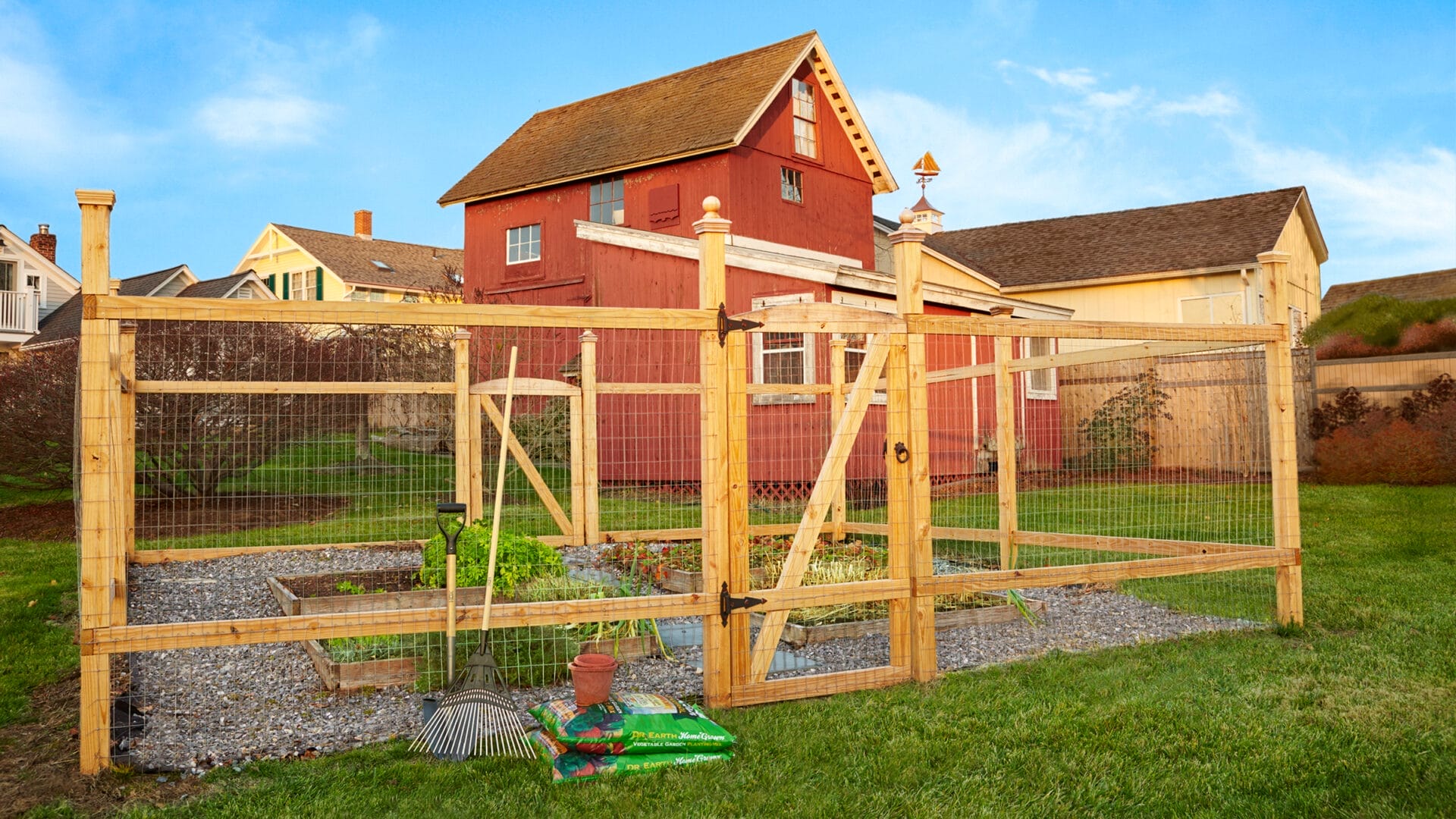How to Control Your Smart Lights from Anywhere imagine a world where your home warmly greets you with perfect illumination, no matter where you happen to be—on a beach in Bali or stuck in traffic downtown. That’s the magic of Smart lighting control. It empowers you to manage your luminaires remotely, fine-tuning brightness, color, and schedules with the tap of a screen or a voice command. Beyond mere convenience, remote access ushers in enhanced security, energy efficiency, and personalized ambience. Short sentence. Then another. Ready to transform your living space into a responsive, telemetrically governed environment? Let’s explore how to set up, secure, and optimize remote Smart lighting control across platforms, protocols, and paradises.

The Fundamentals of Smart Lighting Control
What Is Smart lighting control?
At its core, Smart lighting control is the orchestration of luminaire behavior via networked interfaces. Historically, you’d flip a switch; today, commands traverse Wi-Fi, Zigbee, Z-Wave, or proprietary protocols. The result? Lights that obey schedules, motion sensors, geofenced triggers, and remote app inputs. It’s photonic choreography—real-time modulation of luminance and hue based on user intent, occupancy, or external data feeds.
Why Remote Control Matters
- Security Enhancement: Simulate occupancy by toggling lights when you’re away. Deter intruders with unpredictable on/off patterns.
- Energy Management: Eliminate phantom loads by ensuring no lights remain on unintentionally. Fine-grained dimming reduces consumption.
- Convenience: Forgot to switch off the porch light? No problem—close your eyes, reach for your phone, and tap.
- Well-Being: Trigger “Good night” scenes from bed or preheat your home’s ambience from the office.
These benefits converge in the singular promise of remote Smart lighting control: luminous command from any latitude or longitude.
Prerequisites for Global Smart Lighting Control
A Robust Home Network
To manage lights remotely, your home network must be rock-solid. Key requirements include:
- Dual-Band Wi-Fi Router: Supports both 2.4 GHz (better penetration) and 5 GHz (higher throughput).
- Gigabit Backhaul: For hubs that connect via Ethernet, ensure a stable LAN connection.
- Static or Dynamic DNS: Simplifies remote IP addressing if you’re not using a cloud service.
Short sentence. Long sentence. Stability is paramount—network jitter or packet loss can translate into delayed or failed light toggles.
A Smart Lighting Ecosystem
Choose a platform that supports remote access:
- Hub-Based Systems (e.g., Philips Hue, Samsung SmartThings): Centralize control through a bridge or hub, then expose an API or cloud interface.
- Direct-to-Wi-Fi Bulbs (e.g., LIFX, Wyze Bulbs): Connect straight to your router and leverage manufacturer cloud services.
- Hybrid Protocols (e.g., Matter-enabled devices): Promise unified control across ecosystems, simplifying remote integrations.
A well-chosen ecosystem streamlines the journey from “Hey Alexa” to “Lights on.”
Secure Internet Connection
Remote control opens a portal to your home. Secure it:
- Strong WPA3 Encryption: Guard Wi-Fi with the latest security protocols.
- VPN or SSH Tunnels: For DIY enthusiasts, route external traffic through a virtual private network.
- Cloud Authentication: Use two-factor authentication (2FA) on all vendor accounts.
Security isn’t optional. It’s the bedrock upon which your remote Smart lighting control must stand.
Network Configuration for Remote Access
Cloud-Based Remote Control
Most commercial Smart lighting control systems offer cloud connectivity. Steps:
- Register an Account: With your lighting platform’s cloud service.
- Pair Devices: Using the mobile app, link bulbs and switches to your cloud account.
- Enable Remote Access: Toggle the “Allow remote control” setting in app preferences.
- Use the App Anywhere: Launch the app over cellular data or foreign Wi-Fi, and command your lights.
This approach obviates manual firewall tweaks and router gymnastics.
DIY VPN Approach
For maximum autonomy and privacy, a home VPN can route external commands securely:
- Install VPN Server: On a NAS, router, or dedicated Raspberry Pi (OpenVPN, WireGuard).
- Forward VPN Ports: Configure your router to pass VPN traffic to the server.
- Set Up Dynamic DNS: Map your changing public IP to a memorable hostname.
- Connect Remotely: Launch your VPN client on a smartphone or laptop.
- Use the Local App: Once VPN-enabled, your phone behaves as if it’s on the home LAN—launch the native lighting app for direct control.
Short sentence. Why VPN? Because it sidesteps cloud dependencies and keeps credentials in your own vault.
Port Forwarding and API Gateways
An advanced route: expose your hub’s API directly via router port forwarding:
- Assign a Static LAN IP: To your smart hub.
- Map External Port: To the hub’s internal HTTP/HTTPS port.
- Secure with HTTPS: Install SSL certificates (Let’s Encrypt).
- Set Up Basic Auth: Or OAuth2 proxies to authenticate remote requests.
Use Postman, cURL, or custom scripts to issue Smart lighting control commands programmatically.
Mobile App Configuration and Best Practices
Selecting the Right App
Every brand offers a companion app. Evaluate criteria:
- User Interface Clarity: Intuitive room lists, device hierarchies, and group controls.
- Scene Management: Ability to craft, name, and recall lighting scenes.
- Scheduling Precision: Options for cron-like schedules or astronomical triggers (sunrise/sunset).
- Push Notifications: Alert when lights are on after a set time or if a device goes offline.
Initial Setup Workflow
- Download and Install: Latest app version from App Store/Google Play.
- Log In: Use your cloud or local credentials.
- Discover Devices: Scan for bulbs, switches, and sensors.
- Assign Zones: Label lights by room or purpose (“Kitchen,” “Porch,” “Movie Mode”).
- Test Local Control: Ensure devices respond before enacting remote routines.
- Enable Remote Access: As per your ecosystem’s cloud or VPN procedures.
This workflow ensures a smooth transition from local to global command.
Leveraging Widgets and Shortcuts
Modern mobile OSes support home-screen widgets and Siri/Google shortcuts:
- iOS Widgets: Place your most-used scenes directly on the home screen for one-tap activation.
- Android Widgets: Resize and configure scene buttons or group toggles.
- Voice Shortcuts: Map phrases like “Evening lights” to specific scene IDs.
Combine these with Smart lighting control routines for instantaneous ambience.
Voice Assistant Integration
Amazon Alexa
- Enable Skill: Search and add your lighting platform’s Alexa skill.
- Link Account: Authenticate your cloud credentials.
- Discover Devices: Issue “Alexa, discover devices.”
- Use Voice Commands: “Alexa, turn on the living room lights,” or “Alexa, activate Relax scene.”
Alexa routines can unify multiple devices under a single verbal trigger.
Google Assistant
- Add Service: In the Google Home app, tap “+ Add” → “Set up device.”
- Choose Brand: Authenticate with your lighting service.
- Assign Rooms: Match devices to Google Home rooms for spatial logic.
- Voice Prompts: “Hey Google, dim bedroom lights to 30%.”
Google’s Natural Language Processing handles variations gracefully—no need for rigid scene names.
Apple Siri and HomeKit
- Add Accessory: In Apple Home, scan the manufacturer’s HomeKit code.
- Authenticate: Approve pairing on both devices.
- Organize Zones: Rooms, zones, and scenes within the Home app.
- Hey Siri: “Hey Siri, set Morning Wake to 70% warmth.”
HomeKit’s end-to-end encryption ensures robust privacy for remote Smart lighting control via iCloud.
Web Portals and Desktop Dashboards
Manufacturer Web Interfaces
Some platforms provide web dashboards:
- Hue Sync and Hue Labs: Accessible via my.philips-hue.com.
- SmartThings Cloud: Available at account.smartthings.com.
- LIFX Cloud: Manage scenes and schedules online.
Log in with your cloud credentials, and adjust lights from any browser—no mobile app required.
Open-Source Control Panels
Projects like Home Assistant or openHAB offer customizable dashboards:
- Install on a Server: Raspberry Pi, Docker container, or local server.
- Add Integrations: Plugins for Zigbee, Z-Wave, Wi-Fi bulbs, and voice assistants.
- Design Lovelace UI: Drag-and-drop cards to control lights, view status, and create automations.
- Secure Remote Access: Leverage built-in Nabu Casa cloud or configure your own SSL-enabled web server.
These DIY solutions epitomize granular, developer-centric Smart lighting control.
Third-Party Automation Platforms
IFTTT (If This Then That)
IFTTT triggers enable cross-service interactions:
- Webhooks: Invoke lighting scenes via HTTP requests.
- Geo-Location: When your phone exits a geo-fence, set “Away” scene.
- Calendar Events: At 6 PM, turn on kitchen lights automatically.
Use the IFTTT platform to craft simple logic recipes that unify disparate smart devices.
Zapier and Microsoft Power Automate
For enterprise or power users:
- Zapier: Integrate emails, Slack messages, or CRM events to toggle lights.
- Power Automate: Connect Office 365 calendar entries to scene activations.
Uncommon terminology like API orchestration highlights the telemetric prowess of these services.
Security Best Practices
Network Segmentation
Divide IoT devices from critical data traffic:
- VLANs: Create separate virtual LANs for lighting devices.
- Guest Networks: Place bulbs and hubs on guest SSIDs with internet-only access.
- Firewall Rules: Restrict inbound traffic to only necessary ports and IP addresses.
Segmentation limits lateral movement in the event of a compromised device.
Strong Authentication
- Unique Passwords: Never reuse credentials across platforms.
- Two-Factor Authentication: Enforce 2FA on cloud accounts.
- Access Logs: Monitor login attempts and API call histories for anomalies.
A robust security posture ensures your remote Smart lighting control remains in friendly hands.
Regular Firmware Updates
- Auto-Update: Enable OTA updates where possible.
- Manual Checks: Quarterly inspections for devices lacking auto-update.
- Changelog Review: Understand new features and security patches.
Up-to-date firmware mitigates vulnerabilities and unlocks new automation capabilities.
Troubleshooting Remote Control Issues
Connectivity Drops
- Check Internet Uplink: Ensure your WAN connection is active.
- Restart Hub: Power-cycle bridges or routers to clear memory leaks.
- Signal Strength: Use mesh extenders or reposition the hub for better Zigbee/Z-Wave coverage.
Short sentence. Long sentence. Connectivity is the lifeline of remote command.
Authentication Failures
- Re-Authenticate: Log out and back into the mobile or web app.
- Password Resets: Rotate credentials if multiple failed attempts are detected.
- Cloud Status: Monitor vendor status pages for outages.
Unresponsive Automations
- Review Logs: Platforms often log routine triggers and errors.
- Simplify Logic: Complex chains can fail silently—start with basic on/off commands, then layer conditions.
- Test Locally: Ensure scripts work on the LAN before exposing them to remote control.
Advanced Remote Control Scenarios
Geofenced Lighting
Define virtual boundaries around your home:
- Entry Actions: Auto-activate “Welcome” scene when you cross the driveway’s geo-fence.
- Exit Actions: Deactivate all indoor lights when your phone’s GPS signals 500 meters from home.
- Dynamic Radius: Adjust geo-fence size based on time of day or calendar events.
Geofencing marries location data with Smart lighting control, creating context-aware ambience.
Time-Based Scripting
- Astronomical Triggers: Sunrise/sunset offsets for Seasonal Affective Disorder (SAD) relief.
- Holiday Modes: Launch “Holiday sparkle” sequences at dusk during December.
- Event Integration: Sync lights with sports broadcasts or music playlists via streaming APIs.
Telemetric scheduling—combining calendars, APIs, and time rules—yields a living, breathing light environment.
Multi-User Access
Grant controlled access to family members or houseguests:
- Role-Based Permissions: Admins can create scenes; guests only toggle lights.
- Temporary Access Tokens: Issue time-limited credentials for visitors or service personnel.
- Audit Trails: Track who activated which scene and when.
Multi-user management ensures collaborative yet secure remote Smart lighting control.
Remote Smart lighting control elevates home illumination from static toggles to dynamic, personalized interactions that span the globe. By combining robust networking, secure authentication, versatile mobile apps, voice assistants, web dashboards, and automation platforms, you gain absolute mastery over your luminaires—whether you’re halfway across town or halfway around the world. From the fundamentals of Wi-Fi and VPNs to advanced geofencing and API orchestration, this guide equips you to harness remote control like a luminary conductor. Embrace the brilliance of anywhere-access lighting, slash energy waste, bolster security, and craft ambiences that dance to your every whim. The future of home illumination lies at your fingertips—reach out and command it.







